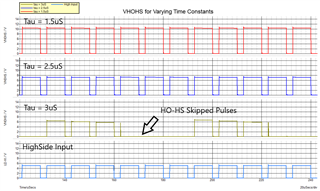This FAQ addresses the necessary minimum on-time for the low-side transistor to achieve proper operation in half-bridge gate drivers
-
Ask a related question
What is a related question?A related question is a question created from another question. When the related question is created, it will be automatically linked to the original question.



